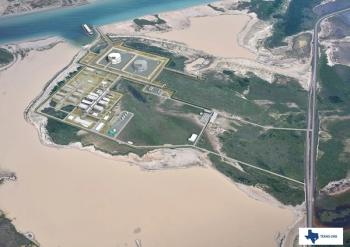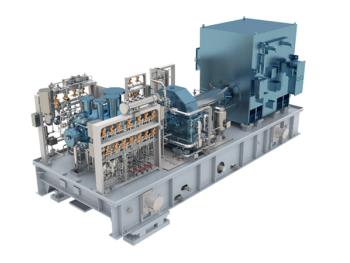
BP Begins Oil Production at Argos Platform in Gulf of Mexico
New platform boosts production capacity by 20% and showcases digital technologies
BP has announced the successful start of oil production at the Argos offshore platform, increasing energy output in the deepwater United States Gulf of Mexico. With a gross production capacity of up to 140,000 barrels of oil per day, Argos is BP's fifth platform in the region and the first new BP-operated facility since 2008. The platform is expected to increase BP's gross production capacity in the Gulf of Mexico by approximately 20%, with production gradually ramping up through 2023.
BP CEO Bernard Looney commented, "The start-up of Argos is a fantastic achievement that helps deliver our integrated energy strategy – investing in today's energy system and, at the same time, investing in the energy transition. As BP's most digital facility worldwide, applying our latest technologies, Argos will strengthen our key position in the Gulf of Mexico for years to come."
Argos serves as the centerpiece of BP's Mad Dog Phase 2 project, which extends the life of the oil field discovered in 1998. It is among nine major projects that BP plans to start globally by the end of 2025. Starlee Sykes, BP Senior Vice President, Gulf of Mexico and Canada, stated, "Safely starting up the Argos platform is an incredible milestone for BP and a proud moment for our team who delivered the project with an impeccable safety record."
The platform, located in 4,500 feet of water about 190 miles south of New Orleans, will support 250 permanent jobs. Argos is BP's most digitally advanced platform in the Gulf of Mexico, featuring the company's LoSal Enhanced Oil Recovery (EOR) and Dynamic Digital Twin technologies. The platform has a waterflood injection capacity of over 140,000 barrels of low-salinity water per day, which helps increase oil recovery from the Mad Dog field.
The Dynamic Digital Twin, a BP patent-pending software, links complex data from Argos to 3D digital models of those systems, enabling remote operators wearing Virtual Reality headsets to access real-time data for improved decision-making, efficiency, and safety.
BP is the operator with a 60.5% working interest, while co-owners include Woodside Energy (23.9%) and Union Oil Company of California, an affiliate of Chevron U.S.A. Inc. (15.6%).
Newsletter
Power your knowledge with the latest in turbine technology, engineering advances, and energy solutions—subscribe to Turbomachinery International today.




